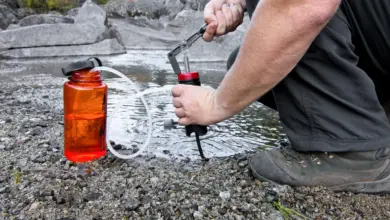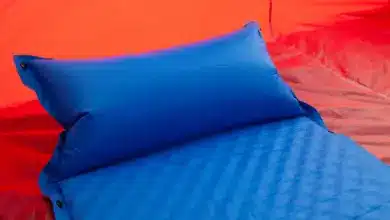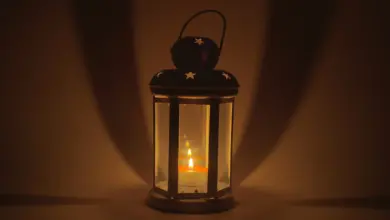Car Camping Tips
Car Camping Tips & What you need to Know
You’ll have the time of your lifetime with your car and with a little bit of planning, you will have a fun and easy weekend away.
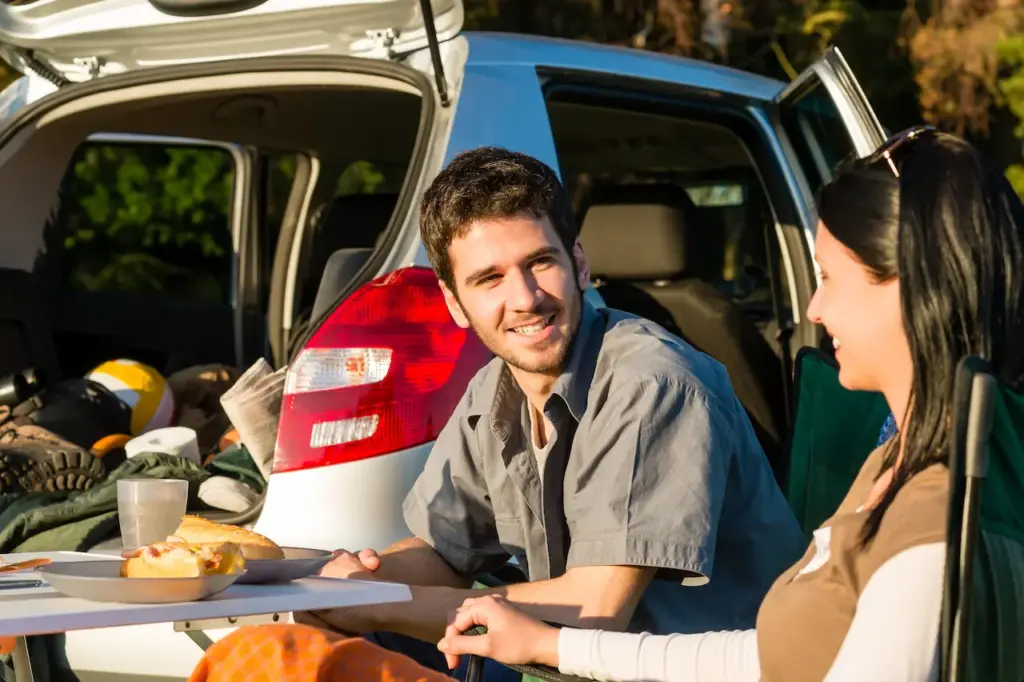
Know what permits you require and park out of the way
First, every car sleeper has to answer the question: Where do I park? You can find out where to park legally with apps such as AllStays or Hipcamp. There are both free and paid options to choose from. U.S. Forest Service roads allow overnight parking. Follow any temporary or local exceptions. Display any required permits or passes as indicated. Don’t block others.
Purchase and equip your car
The vehicle you use is essential for car camping. Most likely, you can car camp with the car that you already have. Make sure your car is reliable and has enough space for you to store and sleep in.
Camping gear, roadside necessities, and any other outdoor gear you plan to use, such as a hiking backpack, running shoes or fishing equipment, are all essential.
Don’t have a backpack? Read: Hiking without a backpack
Explore local
Consider using your first camping trip to explore your local area before you plan a cross country itinerary. Start at a park or campground nearby. State parks offer a variety of activities, amenities and resources that will help you get used to camping.
State parks offer a variety of wild and unusual experiences, from spelunking to tobogganing.
How to choose a camping car
What are the characteristics of a car that makes it ideal for camping in a car? All-wheel-drive or four-wheel-drive cars are the best for sleeping in. Look for a car with a lot of cargo space.
It’s important to choose a vehicle that is reliable, safe and secure, both on and off the highway. Consider vehicles that get good gas mileage, or even electric cars. These are becoming increasingly popular for camping.
Check out these popular car camping models:
- Jeep Wrangler
- Subaru Forester
- Subaru Outback
- Toyota 4Runner
- Ford Ranger
Don’t let your vehicle stop you from camping. With the right setup, even a small vehicle such as a Toyota Prius can be suitable for car camping.
You’re good to go if your vehicle is road-legal and works (and includes emergency tyre equipment). The majority of spots are accessible with two-wheel-drive, but be sure to stay up-to-date on latest alerts as dirt roads do not mix well with two-wheel-drive. Bring a tent if you are new to the area or if your car is small.
Pro tip: When you’re near nature, you are exposed to the elements. It’s obvious, we know. But be prepared by knowing the weather forecast.
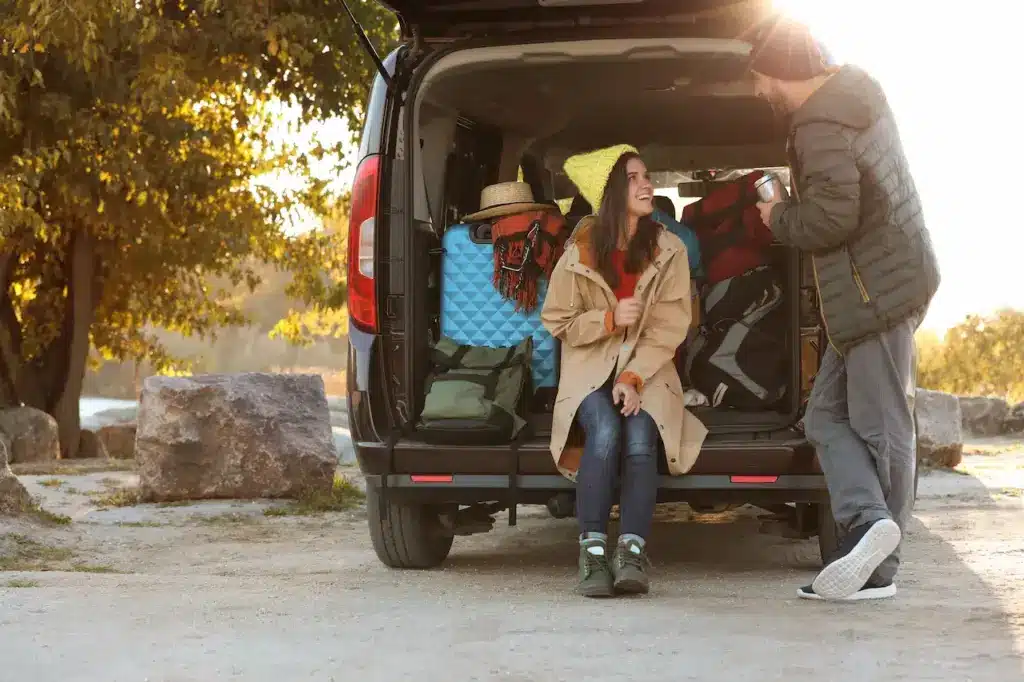
Car camping essentials
The essentials for car camping vary depending on who you are, the weather and your destination. Here is a short list to help get you started.
Cooler
A cooler is not just for food preservation. It can also be used as a camp chair, table or beer refrigerator. Look for features such as ice life and durability in a cooler. Consider Yeti, Pelican and Canyon Coolers as viable options, depending on your budget and needs.
Lighting
It’s not possible to navigate around the campsite using a phone flashlight or a firelight. Lighting is important for both utility and ambience. You can use solar string lights, headlamps or lanterns.
Organizers
To keep everything in order while car camping, you need to be organized. Invest in bins that are inexpensive to organize your kitchen supplies, toiletries and clothing, outdoor gear and other belongings. You can designate specific areas in your car to store certain items, so that you can easily find, pack and unpack them.
Sleeping pad
Your sleep system is just as important as your vehicle. You can set up your vehicle for sleeping in a variety of ways. You may want to choose a system which can be easily folded up during the day. Do you travel alone or with your partner? Do you need a sleeping pad? You can build a platform for sleeping to save space and organize your travels.
If you want to keep it simple, invest in a good sleeping pad. A sleeping pad could be anything from an inflatable pad to a mattress topper.
Pillows, sleeping bags and blankets are also important items for your sleep system. For nights where you want a change, it’s worth bringing a tent.
Stove
There are many types of stoves that can be used for car camping. The classic Coleman two-burner stove is a popular and affordable choice. A backpacking stove, such as the MSR PocketRocket, is ideal for solo travelers. It’s compact and easy to use. Cast iron skillets, sharp knives, camp sinks, utensils and a folding desk are all items you should add to your kitchen.
Water Storage
Water is needed for drinking, washing, and cleaning. Keep plenty of water in your storage container. Consider investing in a filter if you plan to camp near water sources.
Research
The best part of car camping is discovering the different ways that people camp and what works for you. YouTube can be a great resource for learning how to setup your vehicle in whatever space you have.
Supporting local stores and visiting them will allow you to learn more about gear that you might need, such as a camp cooker.
You can connect with people in the car camping community by joining Facebook groups or Reddit forums. You can also find used gear and get answers to questions that you never knew you had.
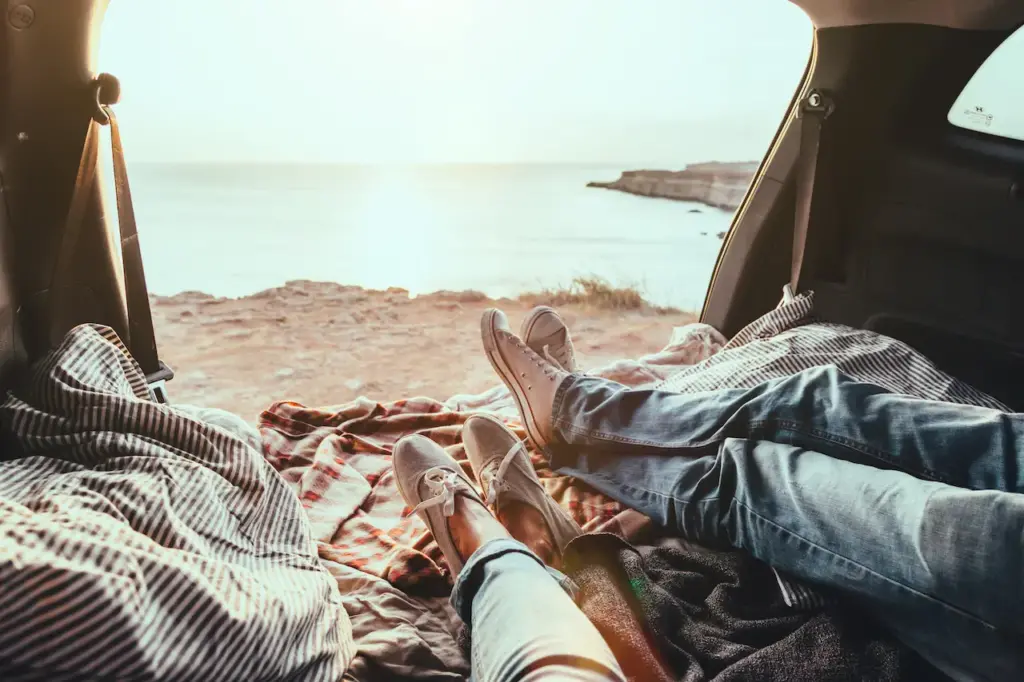
Where did you sleep the night before?
It’s possible to cover a lot of kilometres by driving, but it is not recommended. Decide which national parks to visit, and make reservations in advance. This will save your crew from the stress of having their reservation refused upon arrival. Nature is a very relaxed hotel.
Keep it simple
It can be tempting when driving to a campground to fill the car with everything that is within reach. You’ll have more fun if you only bring one board game, or a book. Plan your meals to avoid packing your entire kitchen. And ditch your urban clothes for some outdoor-appropriate, practical clothing. Don’t forget Leave No Trace, a mantra of the modern outdoor enthusiast.
Base Camps don’t have to be on Everest
The phrase “base camp”, while conjuring up images of snow-dug tents and misty Himalayan mountains, is actually any camp you use as your base. Crazy right?
After setting up your base camp, you can explore the nearby trails with a simple daypack containing the essentials. Leave the bulk behind, and do what you like.
Pro Tip: Lock your valuables in your car if everyone is leaving base camp. If you don’t want to risk losing them, you should put them in your backpack.
Organisation and cleanliness go hand in hand
When you are car camping, a little organization goes a long ways. The essentials such as a rubbish bag so you can Leave no Trace, toilet paper and paper towel will keep your car smelling fresher and not like a landfill.
You can protect your food with sturdy reusable plastic containers. Wildlife will be attracted to the fresh carbohydrates. If you feed wild animals, they may become scavengers and begin to harass visitors. Keep wildlife wild by not feeding it . Your snacks are fine, no matter how cute.
Do not forget your esky.
Keep your drinks cool, your chocolate and cheese solid, and your meat protected with a portable fridge or cooler.
Bring it on your next camping trip and your camping experience will be transformed.
More water than you require
It’s always best to keep your own water supply. You should assume you will drink 3 litres of water per day. This may increase if you are very active, or if it is a hot day. Remember that cleaning and cooking will use up your water supply.
Stay safe
You might feel tempted to take some risks when you’re having a relaxing weekend in your car. There’s no way to relax or enjoy a carefree weekend if you accidentally set off a Bushfire, or if your tent is crushed by a falling branch. Browse these safety guidelines and pack a first-aid kit.
1. Fill it Up
You may think it is obvious, but you should always start the weekend with a full gas tank. Nothing is worse than driving on Forest Service roads only to see the gas light come on. To keep your options wide open, fill up as close as you can to the end. Carrying a few jerrycans of fuel outside your vehicle is not only adventurous, but can save you from a lot of trouble. In remote areas.
2. Bring lots of water
Fill up as many water bottles and reservoirs possible before the weekend. You won’t have to worry about weight since you’re not carrying it on your back. Having lots of water also gives you peace-of-mind. You can top up at every gas station, restroom, visitor center, etc. Also, always carry a water filter system in case of emergency.
3. Be Luxurious
Bring along a thick mattress a two burner stove, pillow, and a cooler filled with great food. Spend a little more on a cooler and you’ll be able to make some bags of ice last for 2-3 days. A 12V iceless electric cooler can be a game changer if you have the money to spend. You don’t need to worry about weight or space since you are not backpacking. Do you have a favorite stuffed animal, or a book to read before bed? Bring it.
How to choose a car camping site
Do not limit yourself to paid campgrounds
You can camp on public land for free and right next to your car. Choose a campsite by following the guidelines and calling your local land management agency to find out specific regulations.
Burn Right
Check the current burn regulations on the land where you plan to build a fire. A fire pit does not mean that fires are permitted. Even in fire rings that are already established, never light a fire when a burn-ban is in place. A good rule is to avoid having a fire when it’s windy, no matter how dangerous the fire may be. If in doubt, avoid the fire and instead enjoy the stars.
Car Camping Tips on Arrival
The Lights in Your Car Should Be Off
Keep the lights off in your home and keep jumper cables on hand in case the battery dies.
Use your car as a staging area
You don’t need to take everything out of your car. Leave some items, such as your daypack, food and clothes extras, in the vehicle. It will help you to stay organized, and you’ll have some extra supplies in case your campsite is flooded.
Set Up Your Car Camping In The Best Way Possible
Choose a safe place to set up your tent
Search the area for trees and branches that are dead or hanging over. Set up your tent on a flat area that is well drained.
Build Your Kitchen
Rule #1: Bring chairs and a table. A folding, standing height table can be a great help in meal preparation. They can be used as a coffee-table for playing games after dinner.
Waste Disposal
By packing all garbage, you can practice “Leave No Trace”. Take advantage of waste bins at trailheads and visitor centers. If you’re able to, always use the toilets for your poop. In many places, it’s common to use WAG bags if toilets are not available. It’s becoming gross and dangerous when toilet paper and poop is everywhere at remote campsites. Pooping in a plastic bag is better than camping near hundreds of poorly disposed poops.
Storing food properly is important
Store food and cooking gear in your car to prevent hungry animals from setting up camp on your campsite. It is also a great way to keep unwanted items out of your tent. It can be a disaster in some places, like Yosemite or Yellowstone, or when you’re camping near grizzly bears. Even rodents who are accustomed to getting into cars know the tricks – particularly pick-up techniques. In many areas where bears are a problem, food lockers that keep out rodents and bears can be found. Check local regulations. In some places, it may still be best to hang your food or use bear canisters.
Stay Organized
Create a mental map to help you locate everything in your vehicle. As long as you follow the system, you don’t have to create meticulously arranged bins. You can spend more time outdoors, and less time searching for the spork you think is under the seat. But it could be in the glove box.
Keep it Clean
Remove all trash that previous hooligans have left behind (especially around the fire pit). As a general rule, you should leave the area better than when you arrived.
Say Thank You
Stop by the ranger station or visitor center on your way out to let the staff know how much you appreciated your visit. Also, thank them for the hard work they do in keeping these areas accessible.
